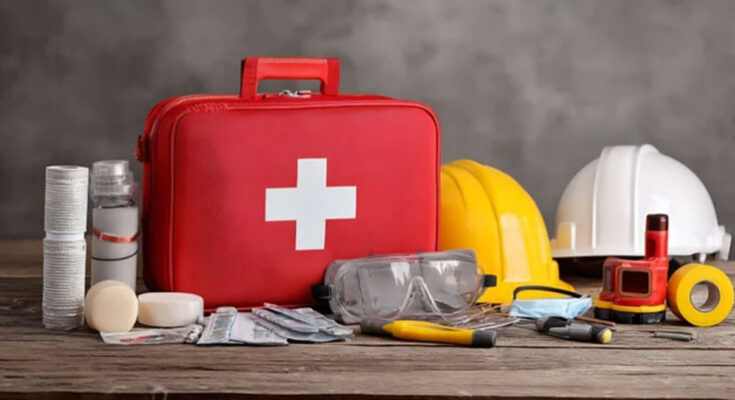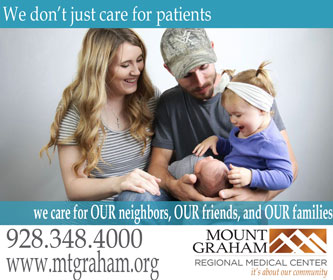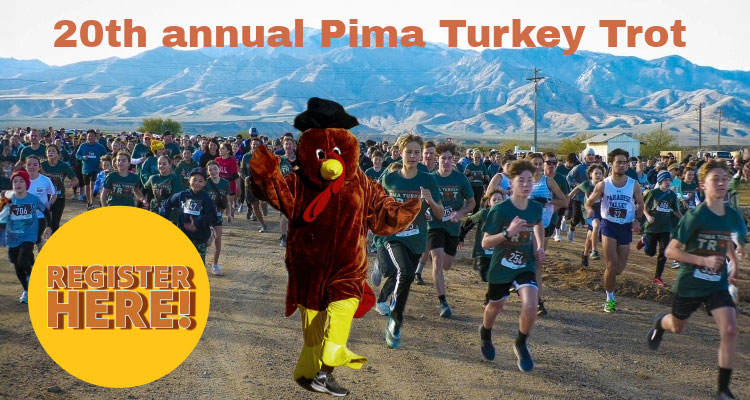In moments of crisis, heroes rarely wear uniforms. They’re the ones who happen to be nearby: a parent at a ball game, a teacher in a classroom, a driver who pulls over to help. And more often than not, what separates panic from protection is preparation. That’s why more people in our local communities are choosing to take First Aid Courses not just to check a box or meet a requirement, but to gain the calm, confidence, and clarity that real heroes rely on when seconds matter.
Being trained in first aid doesn’t make you a professional responder. It makes you bridge the steady hand that can keep someone safe until help arrives.
Ordinary People, Extraordinary Impact
Ask any emergency responder what makes the biggest difference in an emergency, and they will tell you it’s time. The minutes before professionals arrive are often the most critical. That’s where everyday people make all the difference.
A coach who knows how to manage a sprain on the field. A parent who can stay composed when a child chokes. A neighbor who recognizes the early signs of a heart attack. These aren’t distant, movie-style heroics; they’re simple acts of readiness that save lives every single day.
When you look closely, local heroes aren’t defined by what they have. They’re defined by what they know and by their willingness to act when it counts.
Why Training Matters More Than Tools
In many emergencies, you don’t have access to advanced medical equipment or even a full first aid kit. What you do have is your judgment and that’s what training sharpens.
First Aid Courses teach more than just procedures. They teach decision-making under pressure. You learn how to assess a scene, prioritize safety, and make critical choices calmly. The knowledge to stop bleeding, stabilize an injury, or perform CPR isn’t just practical; it’s empowering.
This training also builds emotional resilience. When others freeze or panic, a trained individual instinctively focuses on solutions. That sense of control can make all the difference in high-stress moments, both for the person helping and the one being helped.
Building a Culture of Readiness
When one person learns first aid, a ripple effect begins. Family members, friends, and coworkers often become more aware and curious. That’s how a culture of readiness grows quietly, from one household to the next.
Communities like those across Gila County already thrive on cooperation and connection. Volunteer fire departments, school fundraisers, and neighborhood watches all exist because people believe in looking out for one another. Adding first aid awareness to that mix is simply an extension of the same spirit.
Imagine if every sports coach, teacher, and office manager had up-to-date first aid knowledge. Imagine how much faster and calmer the response would be in those first few minutes after an accident. The tools are simple, but the mindset is what transforms an ordinary citizen into a capable first responder.
Empowerment That Extends Beyond Emergencies
First aid training also teaches lessons that go far beyond emergencies. It builds problem-solving skills, strengthens communication, and encourages leadership under stress. These qualities show up in other parts of life at work, in relationships, and in the way we approach challenges.
Many who’ve completed First Aid Courses say that learning these skills changed how they see responsibility. They no longer assume “someone else will handle it.” Instead, they recognize their own capacity to help, a quiet confidence that naturally spreads to others.
That mindset is what keeps communities strong. It’s what makes people not just witnesses to events, but participants in their outcomes.
Passing the Torch
One of the most powerful ways to build safer communities is to make first aid a shared skill across generations. Teaching kids the basics of how to call for help, how to stay calm, and how to comfort someone in distress gives them life lessons they’ll carry into adulthood.
Schools, local organizations, and youth programs can play a huge role in this. By encouraging students to learn first aid early, they’re shaping a future where readiness and compassion go hand in hand.
Because tomorrow’s heroes are sitting in today’s classrooms, and all they need is the knowledge to act.
Final Thoughts: The Hero Next Door
In the end, heroism isn’t about titles, training hours, or recognition. It’s about readiness. It’s about that moment when you see someone in need, and you know exactly what to do, not because you’re fearless, but because you’re prepared.
Earning a First Aid Certificate doesn’t make you different from everyone else. It reminds you of who you already are: someone capable, caring, and ready to make a difference when it matters most.
Because the real heroes in every town from Safford to Globe to Thatcher are the ones who decided to be prepared.









